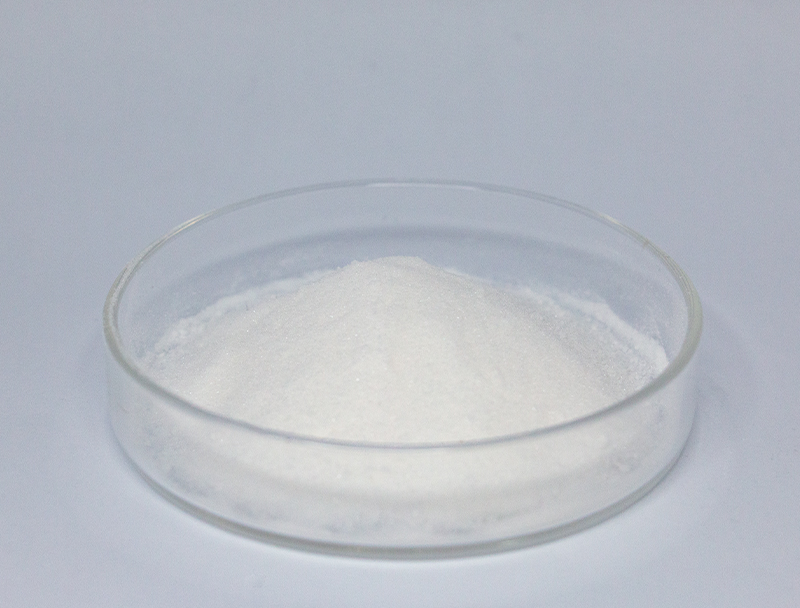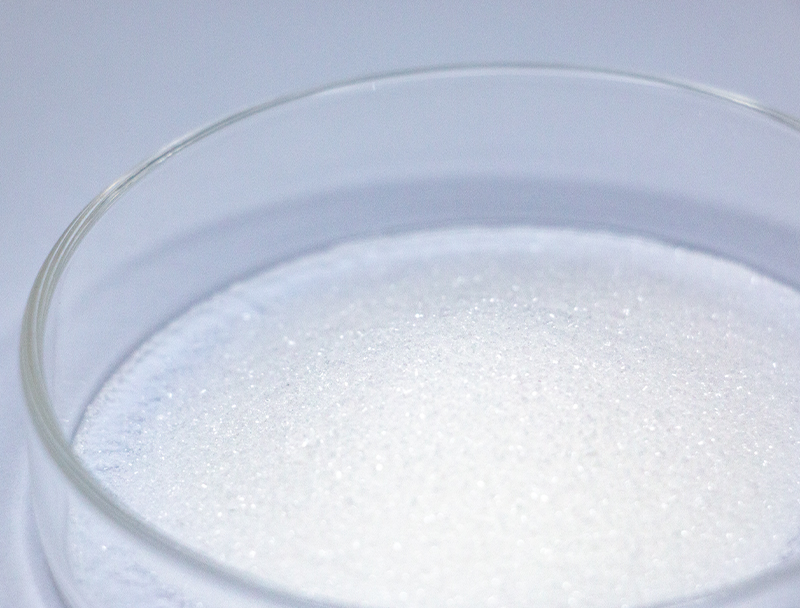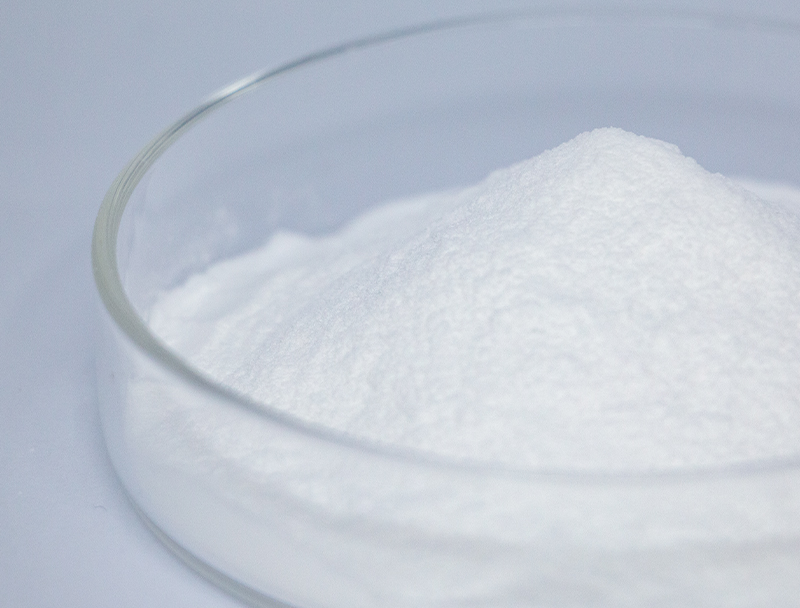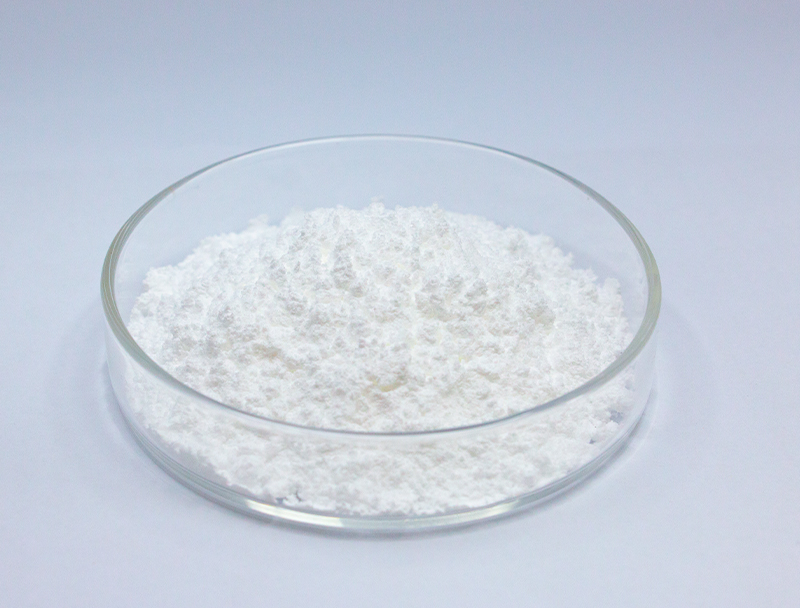
Biomanufacturing relies heavily on a comprehensive selection of base components to supply inventive bioproducts.
Safeguarding responsible procurement of such inputs remains essential to industry resilience and responsible expansion.
multiple challenges associated with traditional raw material procurement including biodiversity loss and excessive resource use. Accordingly, companies are required to implement regenerative sourcing methods to mitigate footprints.
- Situations demonstrating ethical sourcing encompass:
- Using repurposed agricultural residues as substrates
- Deploying circular process designs to reduce discard and boost reuse
- Teaming up with provincial partners who practice sustainable procurement
The transition to greener sourcing offers both planet-friendly outcomes and business advantages.
Upgrading Feedstock Traits for Better Biofuel Performance
Maximizing the efficiency of biofuel production relies heavily on the quality and composition of biomass feedstocks. Engineers continually develop approaches to improve biomass suitability, yielding greater biofuel outputs and greener energy prospects. Programs combine genetic improvement for biomass productivity with conversion technologies to access fermentable substrates.
- Also, studies emphasize discovering resources such as seaweed, organic waste, and residual straw to diversify sustainable feedstock supplies for fuels.
- Because of continual endeavors biofuel technology is set to attain meaningful progress that supports renewable energy growth.

Optimizing Early-Stage Biomanufacturing Processes
covers the early phases of biopharma production including culturing and biological harvesting Current advancements have streamlined operations and improved bioproduct yields.
Significant developments incorporate advanced biological platforms, tailored medium blends, and precision reactor engineering. These changes expand productivity and help reduce both financial and environmental overhead.
- Furthermore, there is a growing trend towards continuous processing in upstream processing, allowing for increased flexibility over the production process.
- The adoption of higher-tech manufacturing practices will likely disrupt traditional models and speed therapeutic launches.

Gene Editing Breakthroughs That Elevate Biopharma Output
developments in targeted genetic engineering methodologies have modernized drug manufacturing. Via deliberate gene edits, teams amplify protein expression for higher yields. This route supports the creation of more affordable and productive treatments for multiple disorders.
Harnessing Microbial Biotechnology for Sustainable Bioremediation
forward-looking microbial interventions for environmentally friendly decontamination. Various microbial strains are capable of breaking down toxins into safer constituents.. By harnessing this natural potential, we can develop environmentally friendly strategies for cleaning up contaminated sites and mitigating the negative impacts of industrial activities.. Study groups probe microbial metabolic diversity to tackle metals, persistent pesticides, and hydrocarbon spills.. The microbes may be applied within engineered reactors or in situ to catalyze pollutant degradation via biotransformation..
Using microbes for cleanup carries distinct advantages compared with chemical or physical remediation approaches. Such strategies are budget-friendly and lessen the creation of harmful byproducts. In addition, microbial approaches enable pollutant-specific treatment without broad ecological disruption. Work in this area evolves rapidly to optimize the success rates and scalability of bioremediation solutions.
Digital Methods Accelerating Pharmaceutical Discovery
Advanced informatics contributes significantly to today’s drug research environment. From target selection to safety profiling, bioinformatics empowers rapid, data-informed therapeutic design.
- Through mining large genomic, proteomic, and clinical repositories, informaticians reveal new targets and forecast drug behaviors.
- Similarly, modeling drug–target interactions streamlines design of compounds with better efficacy and selectivity.
- Ultimately, informatics is transforming R&D and shortening timelines to deliver safe, efficacious therapies to patients.
Metabolic Design Approaches to Boost Bioproduct Yields
applies assorted techniques to boost microbial synthesis of valuable compounds. Techniques span CRISPR-mediated edits to reshape pathways, synthetic control elements to fine-tune expression, and gene imports to grant new biosynthetic abilities.. Via targeted metabolic optimization researchers can meaningfully escalate production of desired biochemicals.
This broad strategy is positioned to innovate sectors including pharmaceuticals, crop science, and bioenergy.

From Lab to Plant: Challenges and Opportunities in Biomanufacturing Scale-Up
Expanding production volumes poses difficult barriers yet offers substantial opportunities. Retaining quality standards during scale enlargement is a core difficulty. Meeting the need calls for dependable control systems, granular monitoring, and cutting-edge analytical methods.

Another concern is that bioprocessing workflows are inherently complex and multi-staged.. Translating lab methods into scalable operations needs heavy research and technology breakthroughs.. Yet, the returns can be α-Ketoglutaricacid substantial. Successful industrialization can broaden availability, trim costs, and raise profitability.
Multiple programs focus on resolving scale-up difficulties. Approaches include cutting-edge process optimization tech, comprehensive analytics for control, and disruptive manufacturing designs.
- Product development and process R&D are pivotal to boosting production capabilities.
- Authorities are revising processes to enable faster clearance of manufacturing innovations and encourage progress.
Navigating the Regulatory Landscape for Biopharmaceuticals: Ensuring Safety and Efficacy
Manufacturing biopharmaceuticals entails detailed regulatory processes to copyright safety and clinical performance. Products of biological origin introduce specific challenges that differ from standard drug development.
Organizations like the FDA and EMA provide essential guidance and set standards for authorizing novel biotherapeutics..
Robust assay and safety testing are obligatory from discovery through post-marketing surveillance.. These measures aim to identify potential risks and guarantee that biopharmaceuticals meet the highest levels of safety..
Also, governing institutions evolve their strategies to respond to swift advances in biopharmaceutical science.. Strategies include welcoming technological advances and simplifying development while prioritizing patient safety.

Evaluating Plant Biomass for Bioplastic Production
The rising demand for eco-friendly materials fuels R&D on bio-based alternatives. Converting plant biomass into bioplastics offers a credible pathway to environmentally sound products. Plant-based biomass resources such as cornstarch, cellulose, sugarcane can be processed into biodegradable plastics that degrade naturally, minimizing the environmental impact of conventional plastics.
Concurrently, several bioplastic formulations approximate conventional plastic traits and serve wide-ranging applications. Continuous development will unlock plant biomass value for sustainable bioplastic production and support circular systems.
Biotechnology Driving Advances in Health and Agricultural Stability
Biotechnology has emerged as a powerful tool with the potential to revolutionize global health and address food security challenges. By harnessing genetic engineering, synthetic biology constructs, and advanced cell therapies, technologists deliver capabilities to reduce disease burden, raise crop outputs, and increase food value. As an example, crop genetic improvements for pest and stress resistance help boost production and cut dependence on chemical pesticides.. Likewise, biotechnology enables new vaccines, novel therapeutics, and improved diagnostics essential to global disease mitigation and better health.. As the field evolves, biotechnology is expected to play a pivotal role in shaping a healthier and environmentally sustainable future for all.
